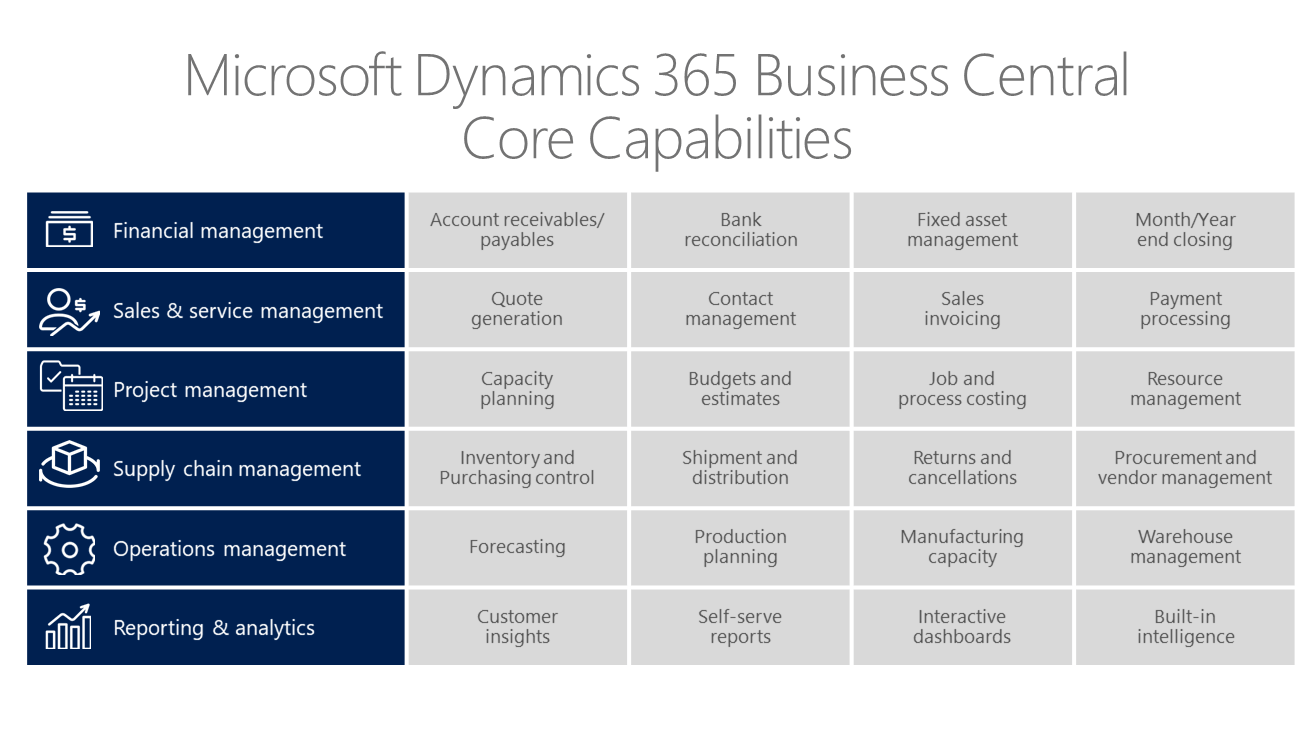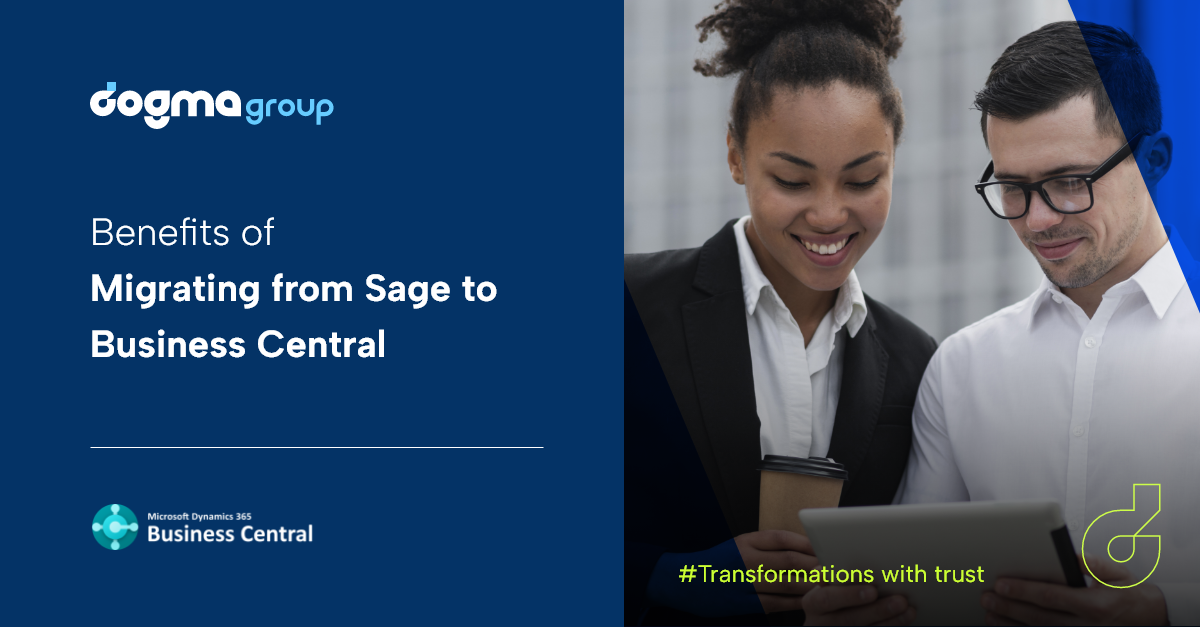It may sound like a cliché, but only agile, competitive, scalable, and expanding businesses can thrive today. A robust business process is a must to stay ahead of the competition. Real-time insights, 360-degree view of different departments, operational efficiency, accurate forecasting, team collaboration, and higher productivity are the crucial elements of a growing company. And these are the areas where ERP can help!
Your legacy ERP may handle your business process reasonably well for now. However, with rapidly evolving marketplaces, you will require a more advanced and flexible ERP in 2022 if you intend to grow and scale more than your competitors.
Are you hesitant to leave legacy software? But here are the risks if you continue
Sage has been considered one of the most preferred accounting software systems for small and medium-sized businesses since the 1970s. But the ERP has long been facing tough competition from modern solutions that offer a more intuitive user experience and greater product transparency. Furthermore, Sage is also nearing the end of its lifecycle.
And using an end-of-life system has its disadvantages, as technical support will soon be unavailable after the expiration of existing support contracts. In addition, certain features may be limited or no longer unavailable, which can result in several consequences such as security and maintenance risks, reliability issues, and legal risks as you are subsequently forced to use multiple solutions to meet your business needs.
Here are some of the risks associated with using legacy ERP systems that are nearing their end of life:
1. Less agile legacy ERP:
Companies miss out on the opportunities due to limitations of existing systems and, as a result, become less competitive in the future.
2. Data Duplication:
Manual handling of data can easily result in data duplication.
3. Higher Costs:
Costly to maintain because its various subsystems require several software and modules.
4. Limited mobile functions:
A handful of functions in the mobile device that is incompatible with the flexible working style or has limited usability.
5. Challenge in handling customer service:
Weak customer support due to lack of automation and personalisation.
6. Limited Reporting Capabilities:
The lack of AI tools limits the reporting capabilities resulting in fewer actionable insights.
7. Lacks Compliance:
Difficulty in meeting compliance standards due to departmental silos and lack of system integration, which limits what information you can access, how and when.
8. Inconvenient to use:
Since there are no updates, the software will no longer be user-friendly.
9. Security Issues:
The lack of well-defined security protocols makes your system vulnerable to bugs and cyberattacks.
10. Complicates processes:
Legacy systems make your business processes more primitive and complex, which reduces organisation-wide productivity.
Benefits of Business Central over Sage
Microsoft Dynamics 365 Business Central is a powerful, cloud-based scalable, and AI-enabled ERP solution that helps businesses run like a well-oiled machine!
A Total Economic Impact ™ study by Forrester reported a 162% increase in ROI for businesses that migrated to Dynamics 365 Business Central!
1. Scalability
You can add as many users as you need with Business Central, and your expansion is unlimited. However, with Sage, the scenario is different, and depending on the version, it restricts the number of users and functionality. For example, in some versions of Sage, you can only have limited users. Both are cloud systems. However, the Sage cloud environment is less resilient and regularly has issues like outages or delayed resolution of customer issues.
On the other hand, Microsoft is a robust ecosystem with a worldwide cloud infrastructure and different modules and applications that optimise your business processes through effective data exchange and connectivity.
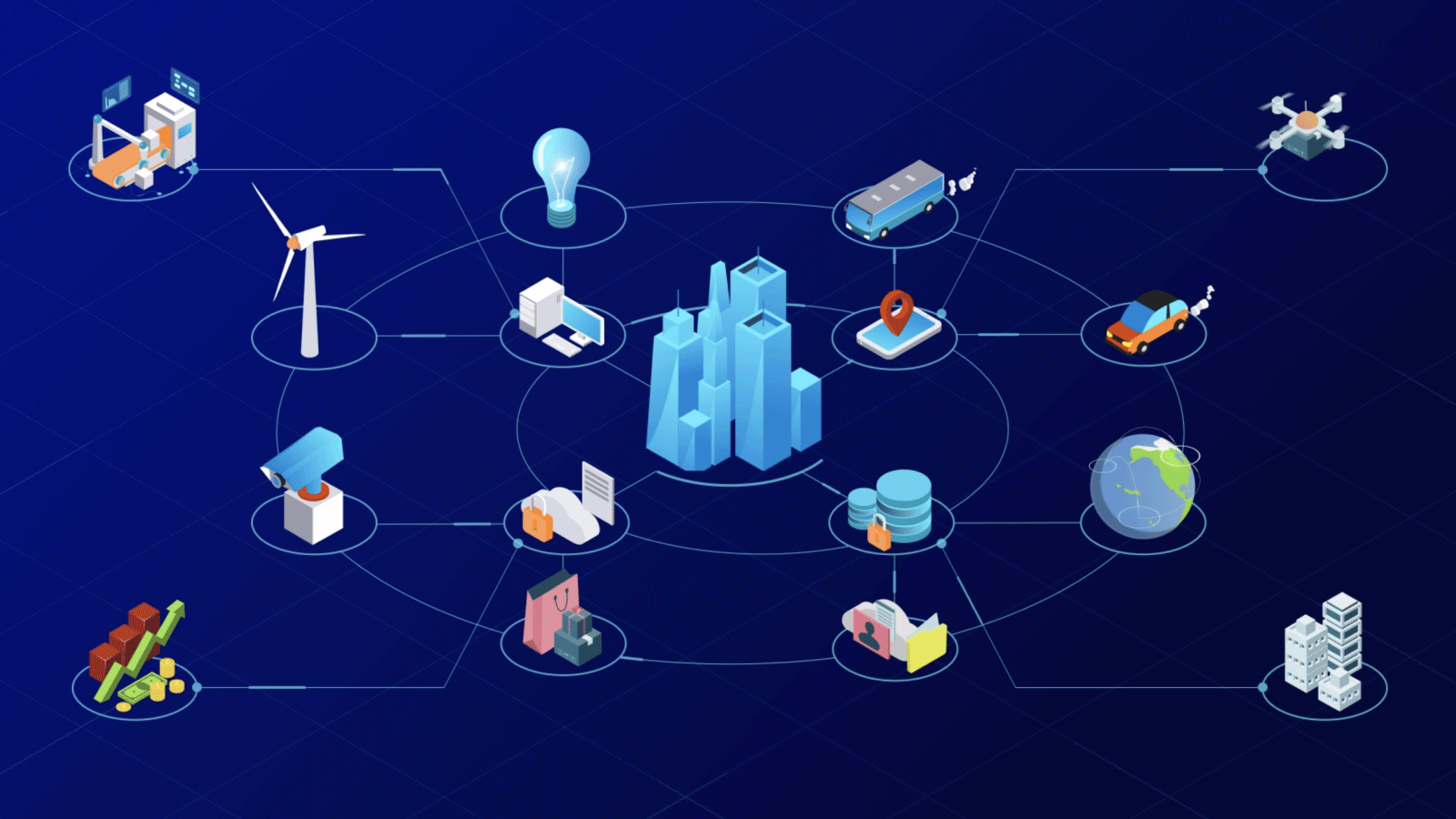
2. Powerful reporting tools
Microsoft was ranked as a leader in the Gartner 2021 Magic Quadrant for Analytics and Business Intelligence Platform, with a strong focus on Power BI.
Business Central is powerful platform that empowers you to create dashboards and reports based on your data, customise the visualisation, and combine data from other businesses. Make informed, timely decisions by leveraging the reporting capabilities of Business Central.
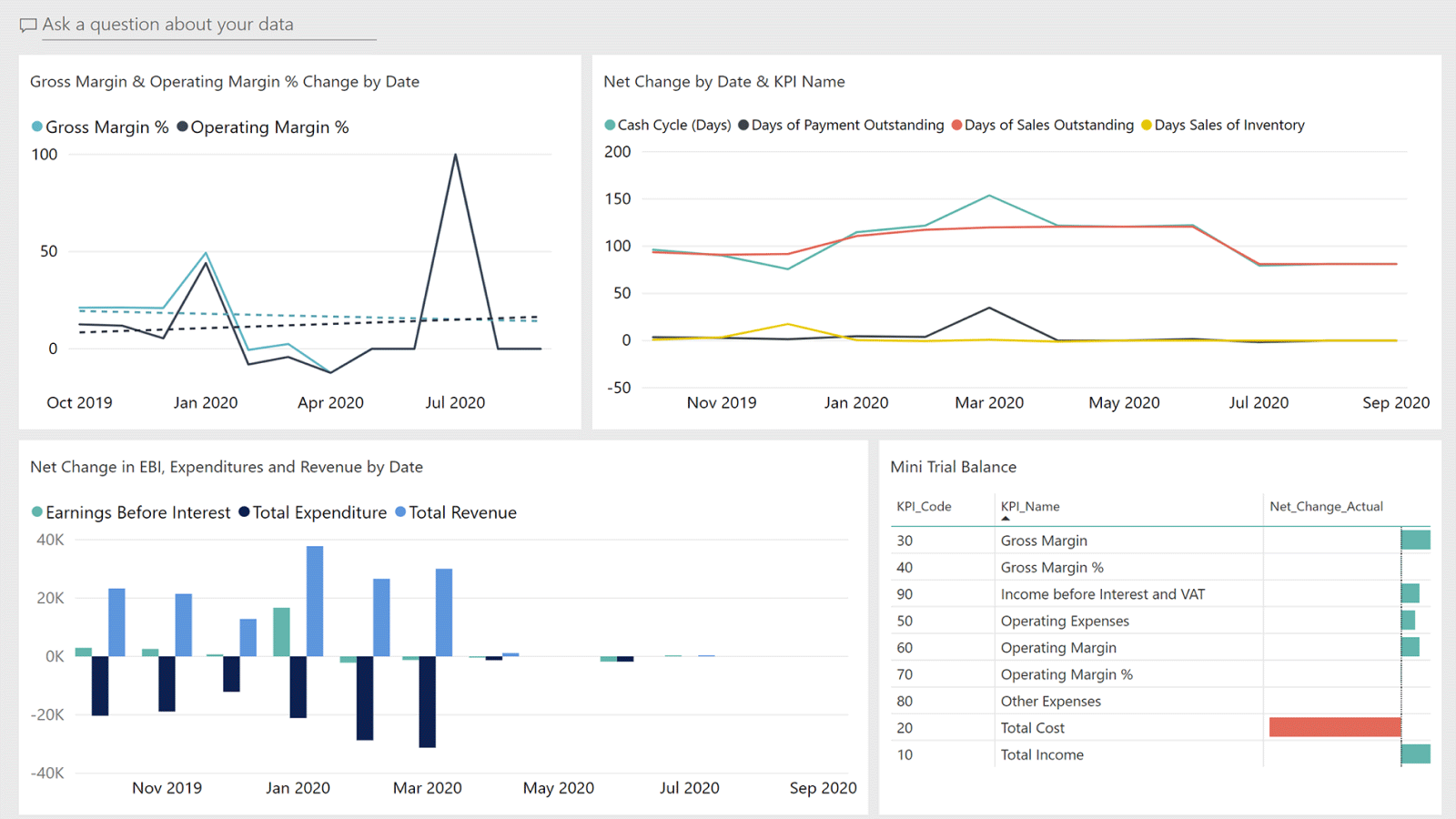
Additionally, the AI-powered features in Microsoft Dynamics 365 Business Central enable you to get real-time financial insights and make better decisions with AI-driven cashflow prediction.
However, Sage lags when it comes to reporting functions. Although it is one of the finest accounting software, it lacks data for other departments.
3. Automation capabilities
Automation has valuable benefits like increased productivity, reduced production costs and smart allocation of resources.
Business Central has many automation capabilities like payment reconciliation, data collection and analysis, data lineage tracking, interactive data visualisations, automated customer service, cloud deployment, accurate reporting, workflow collaboration, predictive analysis and modelling, and integration.

Also, a big plus point while migrating from Sage to Business Central is that you can enhance your efficiency with automated tasks and workflows. And the tools are all familiar Office tools like Outlook, Word, and Excel. However, the level of automation capabilities in Sage is lower than in Business Central.
4. Wide integration options
Having an ERP with the right integrations is critical so that the solution works cohesively in a coordinated and unified manner with other applications. But, most versions of Sage are limited to basic accounting functions. Sage does integrate with other applications, but only through an API and third-party software. This makes the process complex and the system vulnerable to security risks.
On the other hand, Business Central lets businesses go from Outlook for communications and calendar tracking to Power BI for data analytics, and SharePoint for documentation, integrating with the entire Office 365 suite.
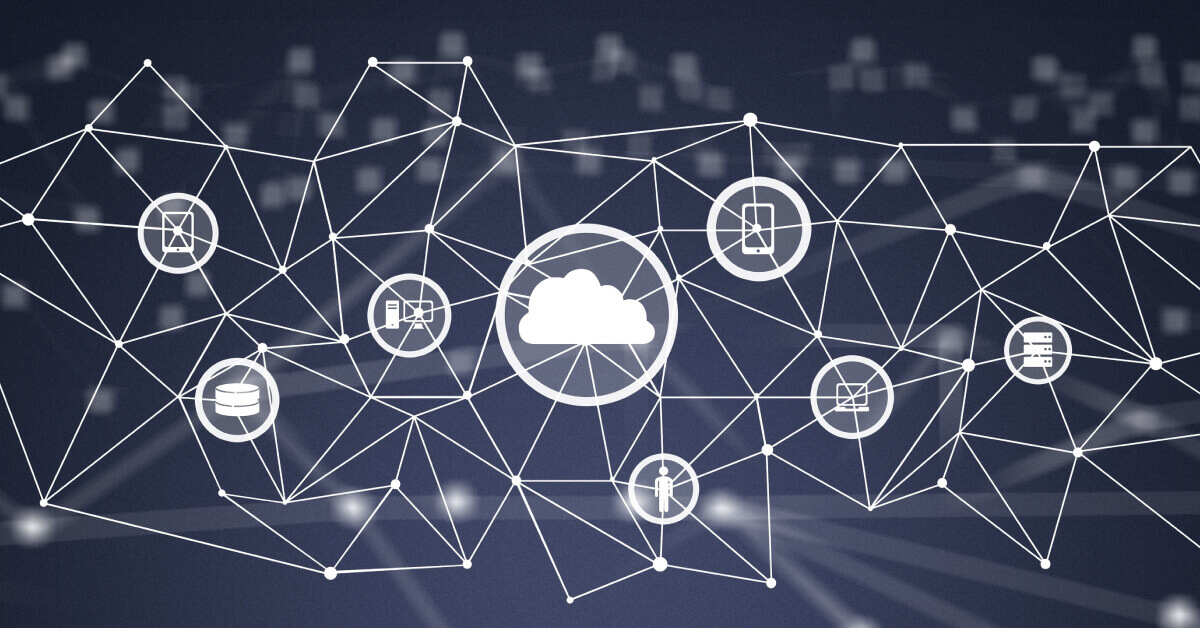
You can also use cloud services to improve customer interactions, ensure employee productivity with familiar apps, and communicate more effectively across multiple integrated devices.
Similarly, Dynamics 365 CRM and ERP integration with Microsoft’s productivity apps can give users a holistic view of data intelligence. This data intelligence includes customer records, behaviour, decisions, transactions, orders, shipping, and other information.
5. Good maintenance and infrastructure
Business Central, which resides in Microsoft’s Cloud Environment has advanced security features and protection. In addition, Microsoft Dynamics 365 updates the platform twice a year, implements the changes automatically, and has a strong backup in case of hosting issues.
Business Central has a built-in security system that helps protect your database and mitigates any security concerns for your data. Every year, Microsoft invests over $1 billion to develop its Dynamics 365 suite, ensuring that the solution you receive is future-proof.
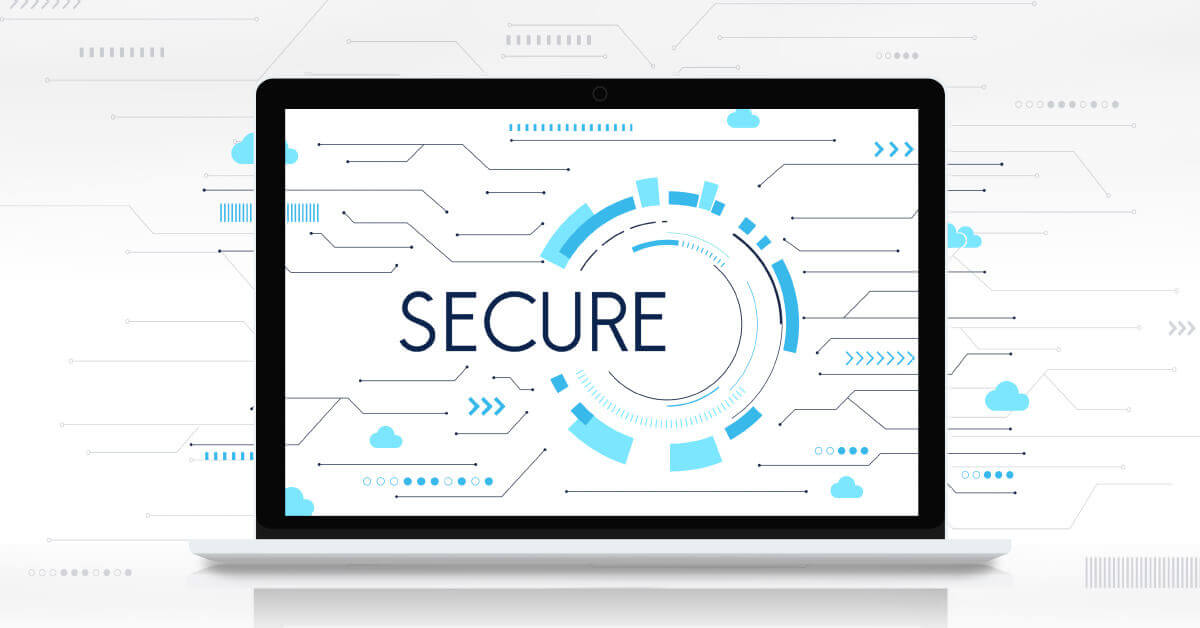
In the case of Sage, users need to manually check the latest update. The process is complex, and businesses will need to take down their accounting platform (and any servers it’s held on) when the system is updated, affecting your productivity and making the system expensive.
6. Work with Business Central from your mobile or tablet: Access data anywhere, anytime
Business Central app for mobile has several features, such as viewing up-to-date charts and KPIs, emailing sales quotes and invoices, and taking and attaching pictures with your camera. The mobile application provides field-based employees with an overview of information like daily tasks and items in stock.
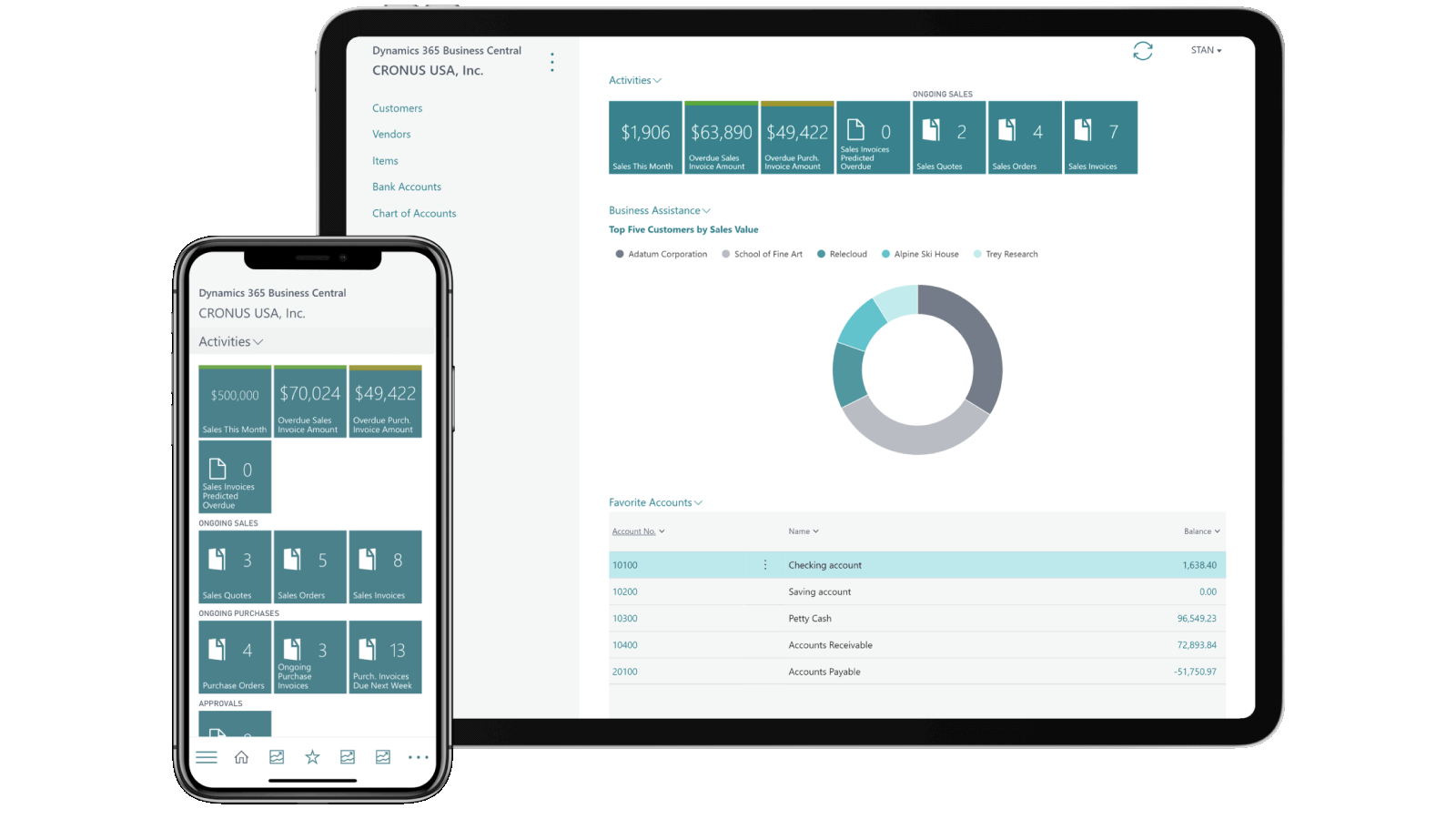
On the other hand, the mobile functionalities have far limited usability and utility in Sage ERP compared to Business Central.
7. Highly extensible
Choose from over a thousand accessible extensions in Microsoft AppSource to scale your business and streamline operations.
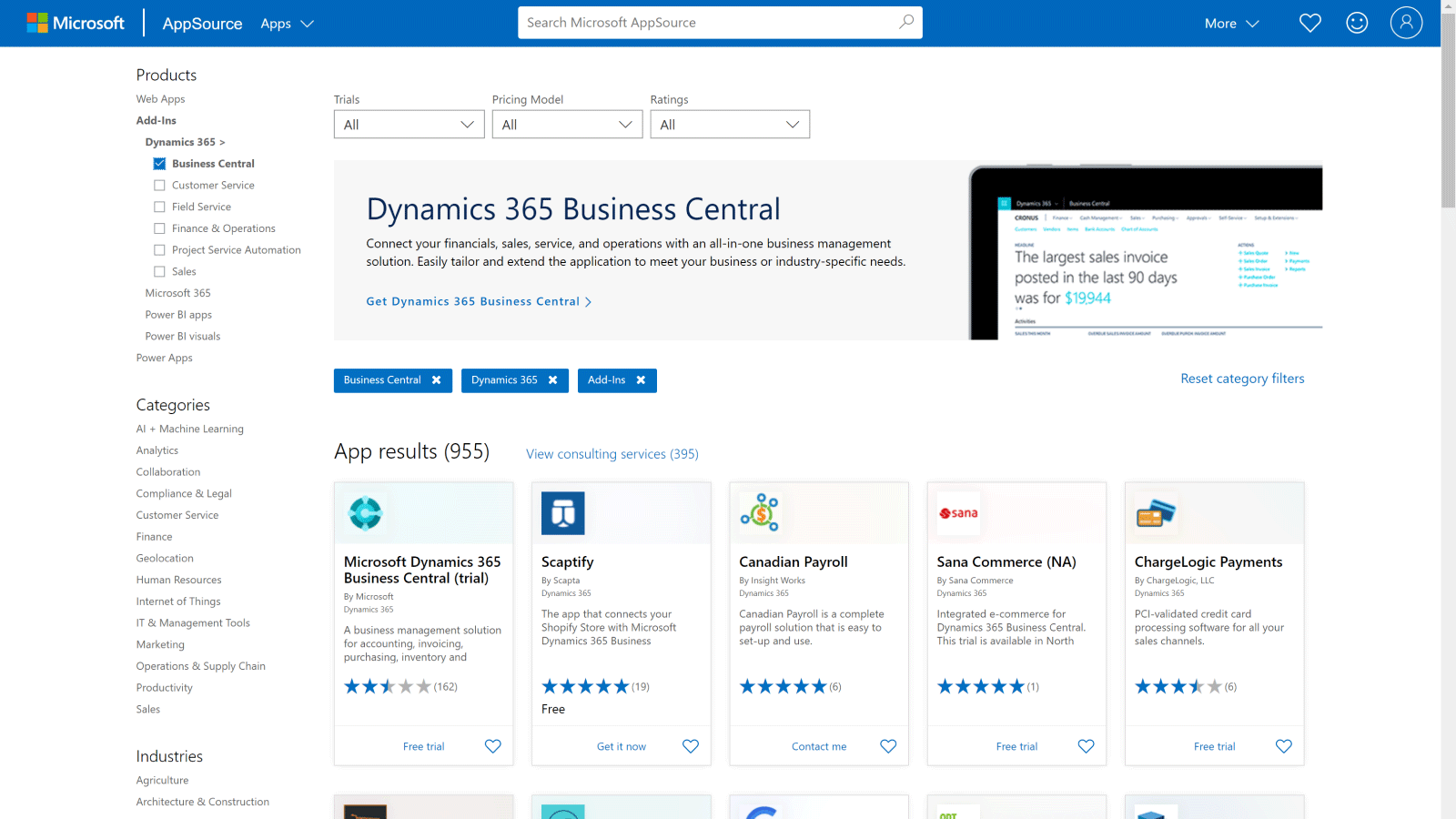
Custom applications make it easier to swiftly release new features and updates quickly and affordably. The extension enables you to have a customised and integrated Business Central software that fits your exact business requirements.
For example, apps such as SiriusOctopus365 Master Data Management offers real-time data synchronisation with a 360-degree view across several departments. By exchanging data requests and receiving log records, managers can simply trace what data was retrieved by which firm, while ensuring data openness within the group.
Similarly, another app, SiriusPayroll365 helps calculate periodic payroll data and create of G/L entries in D365 Business Central. This allows financial managers to generate BACS payment files in minutes, providing a completely automated end-to-end solution.
The difference between Sage and Business Central is that the latter can customise the apps according to your business needs whereas the customisation options in Sage ERP are not as strong as in Business Central.
Some more Capabilities of Business Central
Dynamics 365 Business Central is a comprehensive business management solution that enables customers to manage finance, operation, sales and customer service from the same platform.
